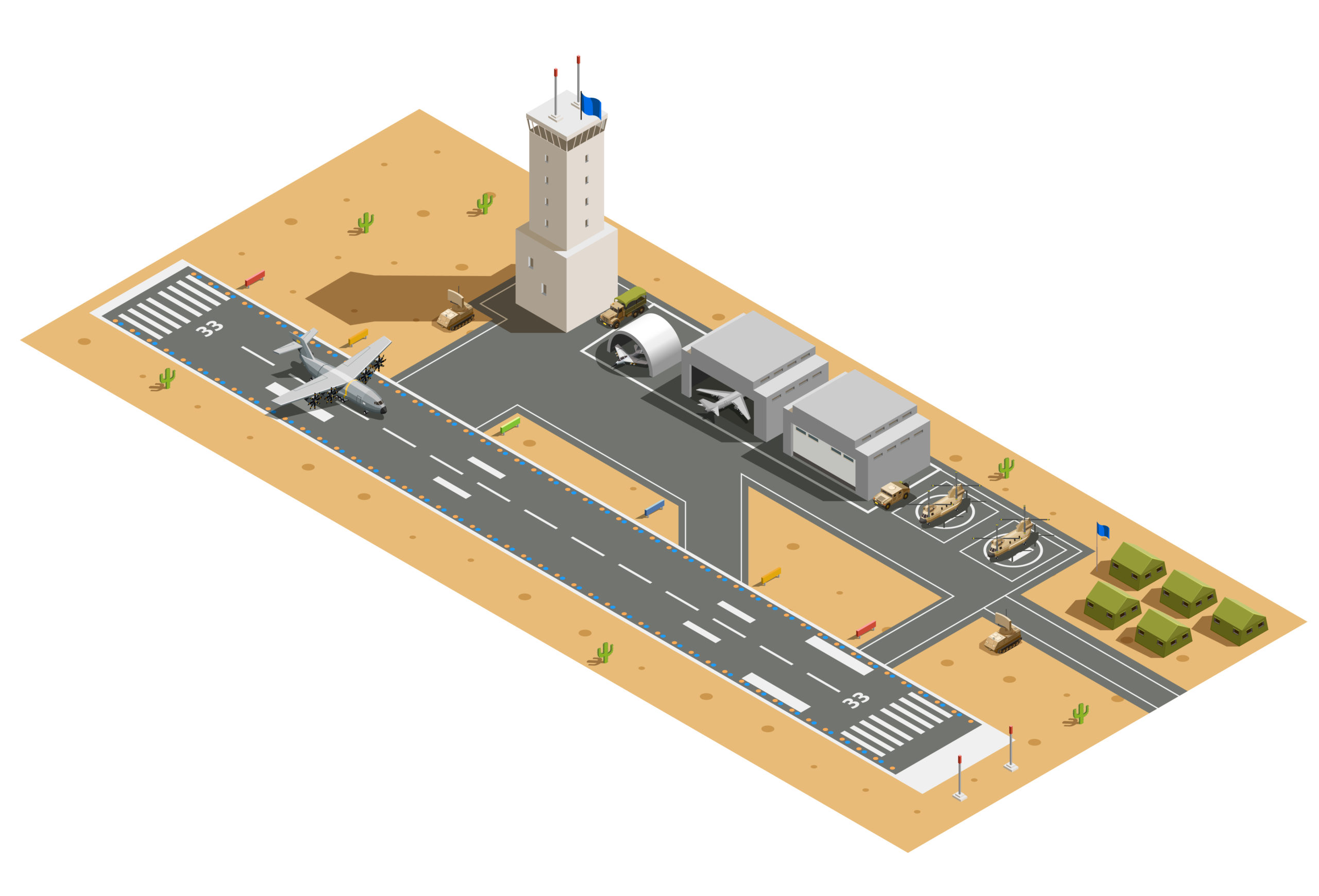
Military logistics: what is it and how does it work?
25 October 2021
Military logistics has been part of the history of mankind and has evolved to become a science of application to different processes of the Operational Forces. Many of its theories and applications have been efficiently put into practice in the business world.
In this article we will talk about the logistics cycle, the principles of business logistics, naval logistics within companies, its application and the types of supply.
Military logistics
The definition establishes a main function: to provide the means required by the Military Forces. These are: human means, material, physical means and services. And a condition is imposed: that these satisfy the requirements given by the military conditions and needs.
The logistic cycle
The logistic cycle can be applied to the private enterprise, as well as the logistic functional elements and the principles of logistics, because military institutions can and must be managed with universally used managerial concepts.
This is the process by which actions are produced for the execution of logistics functions. Determination of requirements, procurement and distribution are actions that can occur at any level of logistics.
Identifying the principles of logistics in the company
Within the principles of business logistics are the following:
- Interdependence Principle
- Principle of Objective
- Principle of Limits
- Coordination Principle
- Command Principle
- Foresight Principle
- Principle of Economy of Effort
- Principle of Subordination

The Navy is a large company and has its own general management and objectives, with a vision for the future, organized to be always in an advanced position. Within its organization there are advisory and execution levels. It has five main divisions: personnel, operations, finance, equipment or material and ground support.
It can be said that it is a monopolistic company with thousands of employees. These people receive training and are graded by ranks, qualified in different specialties, such as military techniques. They are distributed in the different regional, sectional, local or technical managements in the most diverse places of the country, each one distributing a little of the product that is the object of this company: National Security.
Although its main product is national security, the Navy is dedicated to other types of studies such as marine fauna, oceanographic research and natural phenomena, cartography and maritime signaling, pollution control and hydrocarbon shipping stations.
It can also be dedicated to the studies of the development of the National Maritime Power, which is “the ability to apply maritime military capabilities at and from the sea to influence the behaviour of actors and the course of events”, and is an integral part of the community since it is a large-scale enterprise.
Types of supply
So, military logistics is an element of support to the operations of the military. Therefore, there are no operations without logistics because they need resources, which are divided into 3 types of supply:
- 1. self-supply
The supply of resources depends on where the combat units are located. This means that there is usually a shortage of resources because it will depend entirely on the environment.
- 2. Local
This means that expenditure on military logistics is low because resources are usually obtained through agreements with local inhabitants. However, this will be possible depending on whether or not the situation is hostile.
- 3. Long distance
In this case, support resources come from allied cities and, therefore, spending on military logistics is high. Although this may vary because long-distance administration and transportation entails the use of many more resources.
 1The impact of Customs on Logis...
1The impact of Customs on Logis...28 May 2024
 2Choosing a Reliable Transport ...
2Choosing a Reliable Transport ...08 April 2024
 3Data in Logistics: Revolutioni...
3Data in Logistics: Revolutioni...13 February 2024
specific topic?
Comments (0)
There are no comments yet. Be the first!